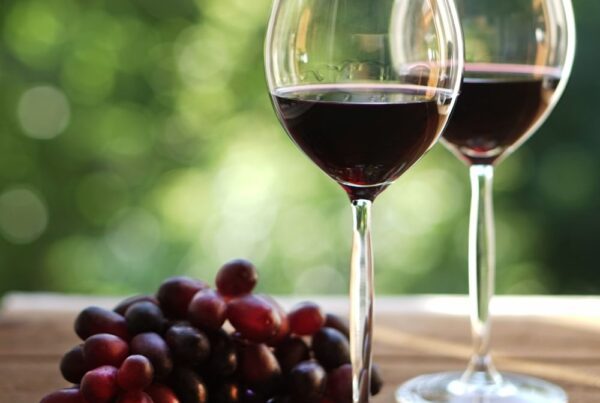In this article, you will learn what Chardonnay is, what it tastes like, the different types of Chardonnay (Chablis etc) and where and how it is made.

Contents
What is Chardonnay?
Chardonnay is a green grape variety used to make white and sparkling wines, such as Champagne.
Chardonnay is one of the best known and the most planted of all grape varieties.
It is originally French, taking its name from a village in Burgundy, France.
French Chardonnay often won’t say ‘Chardonnay’ on the bottle. Instead, the label has the specific place where it’s made; for example, Chablis is a wine made from Chardonnay.
Wine made in New World countries (Australia, South America, USA etc.) that is made from Chardonnay grapes are often labelled Chardonnay.
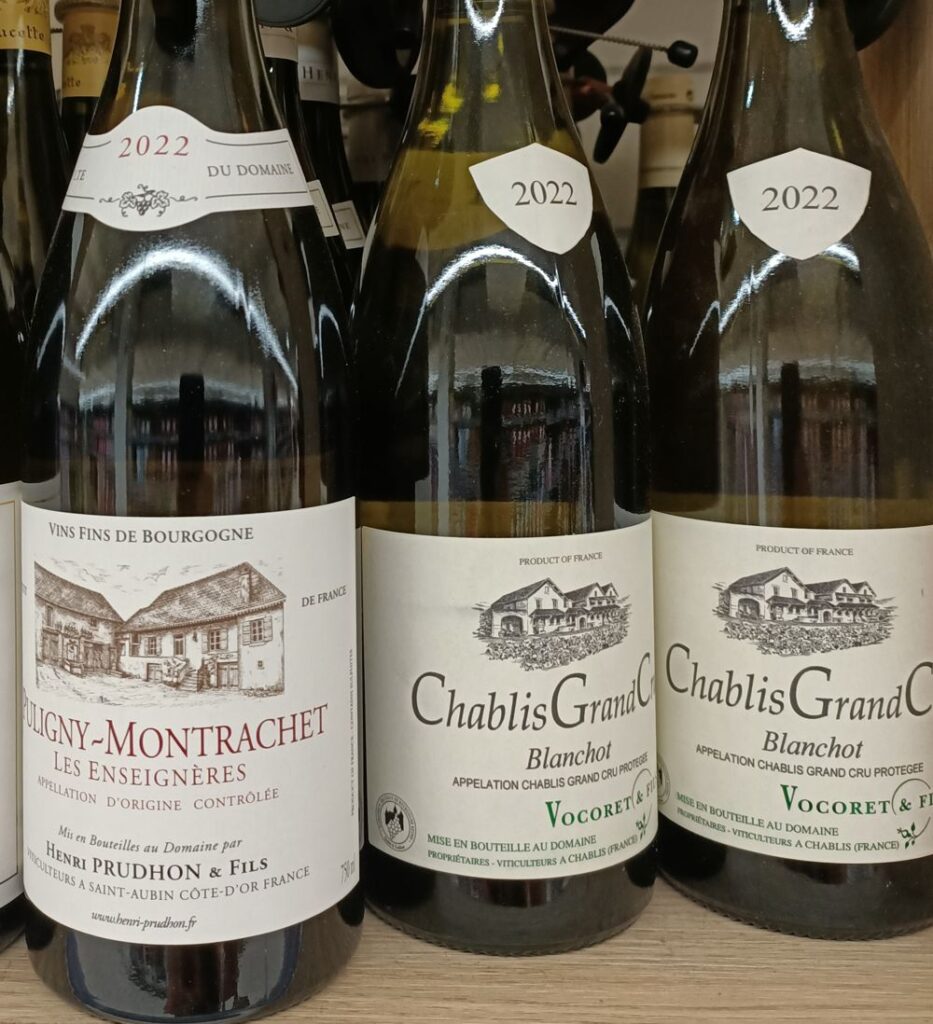
What does Chardonnay taste like?
Chardonnay is medium to full-bodied wine that is typically dry or sometimes off-dry (slightly sweet).
It has a wide range of flavors, which can vary depending on where it’s grown and how it’s made.
Chardonnay is incredibly versatile, offering everything from light and zesty to rich and creamy wines, depending on how and where it’s made.
Typical flavor characteristics for Chardonnay wine include:
Fruity flavors in Chardonnay
Chardonnay often has fruity notes, with flavors like apple, pear, peach, and citrus (such as lemon and lime).
In warmer climates, the fruit flavors can become richer, with tropical fruits like pineapple, mango, and banana.
Minerality
In cooler regions like Chablis in France, Chardonnay can have a mineral quality, with notes of wet stone or chalk.
This gives the wine a crisp, clean taste.
Oak influence in Chardonnay
Some Chardonnay wine is aged in oak barrels, which can add additional flavors like vanilla, caramel, and even a buttery texture.
This is common in regions like California, where oak aging is used to give the wine richness and depth.
Buttery and creamy Chardonnay
The “buttery” flavor in Chardonnay comes from a process called malolactic fermentation, where the tart malic acid is converted to softer lactic acid.
This process gives the wine a creamy, smooth mouthfeel and buttery notes, especially in oaked Chardonnays.
Acidity
Chardonnay’s acidity can range from high (in cooler climates) to moderate (in warmer climates).
Chardonnays with high acidity will often taste fresh and zesty, with sharp citrus flavors, while lower-acid versions feel rounder and softer on the palate.

Typical Chardonnay flavors by climate
Cool climate Chardonnay
- Green fruit (apples, gooseberry, pears)
- Citrus (lemon, lime, grapefruit)
- Occasionally vegetable notes (cucumber)
Moderate climate Chardonnay
- White stone fruits (apricot, peach, nectarine)
- Melon
- Citrus (lemon, lime)
Hot climate Chardonnay
- Tropical fruit (banana, fig, passionfruit, pineapple, mango)
- Citrus (lemon, lime)
Winemaking techniques for Chardonnay
Many of the flavors associated with Chardonnay come from the winemaking techniques rather than from the grape variety itself.
Malolactic fermentation
Malolactic fermentation is sometimes used in Chardonnay production to soften harsh acids.
The lees (dead yeast cells left in the wine after fermentation) are stirred through the wine, which adds a creamy texture and savory flavors.
Oak aging
Some Chardonnay wines are aged in oak.
Ageing wine in new oak adds toast, vanilla and coconut flavors to the wine.
Aging Chardonnay in old oak barrels, that have already been used in winemaking, imparts fewer flavors like vanilla, coconut, or spice that new oak barrels give.
Even though old oak doesn’t add strong flavors, it can still influence the texture of the wine.
It helps soften the wine’s tannins and can provide roundness and richness without overpowering the natural characteristics of the wine.
What color is Chardonnay wine?
Chardonnay is a white wine grape, but the color of Chardonnay is affected by the climate where it is grown.
- Chardonnay grown in cool climates is often pale and an almost green color.
- Grown in moderate climates Chardonnay is often a lemon color.
- Chardonnay grown in hot climates is often a gold color.
Chardonnay Regions Around the World
Chardonnay is one of the most widely grown and versatile grape varieties in the world.
Its ability to adapt to different climates and soils allows it to thrive in different wine-producing regions.
Here are some of the major regions where Chardonnay is produced:
France (Burgundy and Champagne)
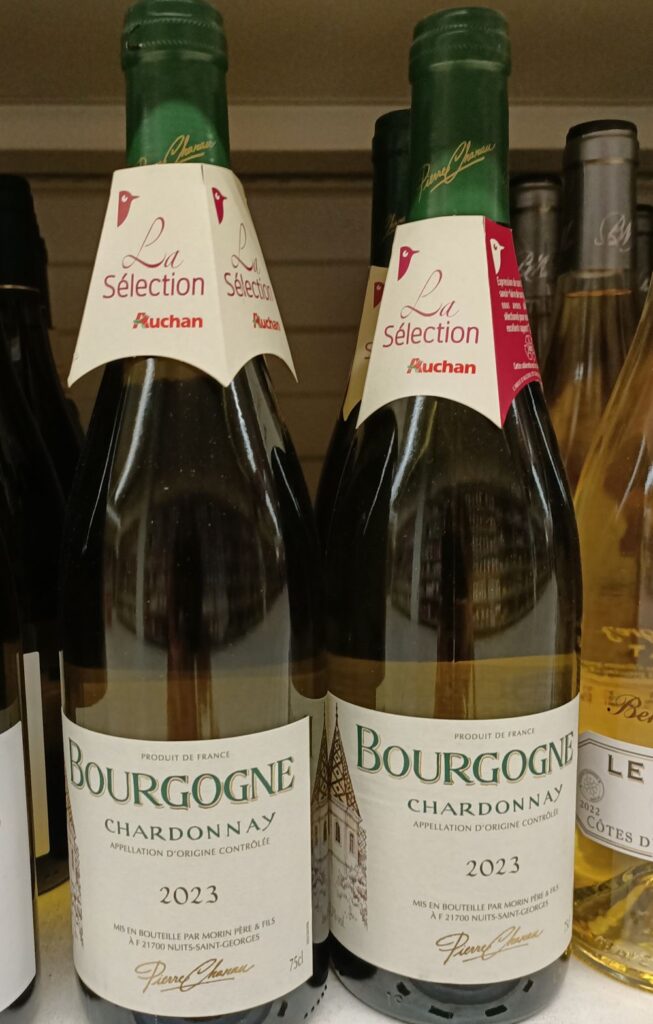
Burgundy is the birthplace of Chardonnay.
In the region’s Côte de Beaune area, famous appellations like Puligny-Montrachet and Meursault produce some of the most prestigious and mineral-driven Chardonnay wines.
Chablis is a village appellation in northern Burgundy, France.
The cool climate in Chablis gives Chardonnay crisp, citrusy flavors with high acidity.
Lesser vineyards are classified as Petit Chablis.
Both Petit Chablis and Chablis can taste quite austere with green fruit flavors and high acidity.
Premier and Grand Cru Chablis are planted on hillside sites that produce riper, more concentrated wines.
In Champagne, Chardonnay is used to make some of the finest sparkling wines, known for their elegance and finesse.
United States (California)
California is a leading producer of Chardonnay, especially in areas like Napa Valley, Sonoma, and the Central Coast.
California Chardonnays are often richer and fuller-bodied, with ripe fruit flavors like tropical fruits and stone fruits.
Winemakers in California often use oak barrels to add creamy, buttery textures and vanilla flavors.
Australia
In Australia, Chardonnay is grown in regions like the Yarra Valley, Adelaide Hills, and Margaret River.
Australian Chardonnays tend to balance tropical fruit flavors with refreshing acidity, especially in cooler regions like Tasmania.
The trend in Australia has shifted toward producing more refined and less oaky styles in recent years.
New Zealand
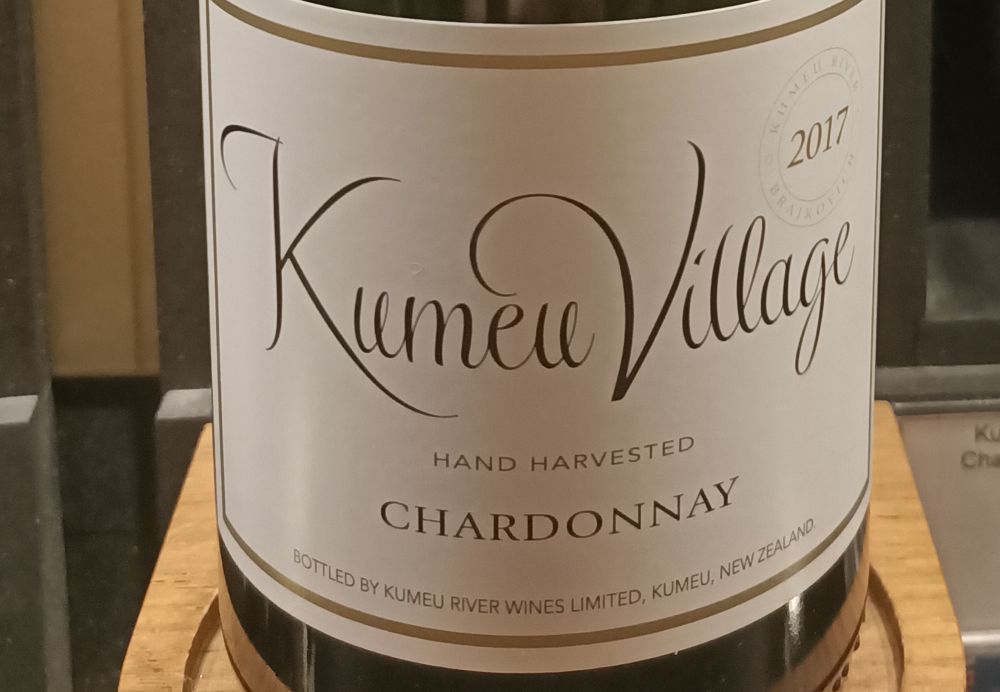
New Zealand’s cooler climate regions like Marlborough and Hawke’s Bay produce Chardonnays with vibrant acidity and citrus, apple, and stone fruit flavors.
Winemakers here often favor minimal oak, focusing more on the grape’s natural freshness.
South Africa
In South Africa, regions like Stellenbosch and Walker Bay produce Chardonnay with a balance of fruitiness and minerality.
South African Chardonnays often show a mix of citrus, tropical fruits, and subtle oak influences.
Chile and Argentina
These South American countries are becoming known for their high-quality, affordable Chardonnay wines.
Chile’s Casablanca Valley and Argentina’s Mendoza region produce Chardonnays with a wide range of styles, from crisp and fresh to rich and oaky, depending on the winemaking techniques and region.
How Chardonnay is made
Chardonnay wine is made through a straightforward winemaking process, but variations in technique can greatly influence the final flavor.
First, the grapes are harvested, usually when they reach the right balance of sweetness and acidity.
The grapes are then pressed to extract the juice, which is fermented to turn the sugars into alcohol.
Fermentation can take place in either stainless steel tanks or oak barrels.
Stainless steel fermentation preserves the fresh, fruity flavors of the grape, while oak fermentation (especially in new oak) adds creamy, buttery textures and flavors like vanilla and spice.
After fermentation, some winemakers allow the wine to undergo malolactic fermentation, a process that softens the wine’s acidity and can give it a creamy, buttery flavor.
Finally, the wine is aged.
This can be done in oak barrels (new or old) to add complexity, or in stainless steel tanks to retain its freshness.
After aging, the wine is filtered and bottled, ready to be enjoyed.
Each step in the process, from grape growing to aging, influences the final taste of Chardonnay.
Chardonnay food pairing
Chardonnay is a versatile white wine with a range of flavors from crisp and citrusy to rich and buttery.
This flexibility makes it an excellent partner for various dishes, such as fish, cheese and poultry.
For a comprehensive guide, see our article on Chardonnay food pairing.
Is Champagne made from Chardonnay?
Most Champagne is made with a blend of Pinot Noir, Meunier and Chardonnay grapes.
Some Champagne is made with only white grapes, usually Chardonnay.
Champagne made with only white grapes is called Blanc de Blanc. Read more about Blanc de Blanc Champagne.
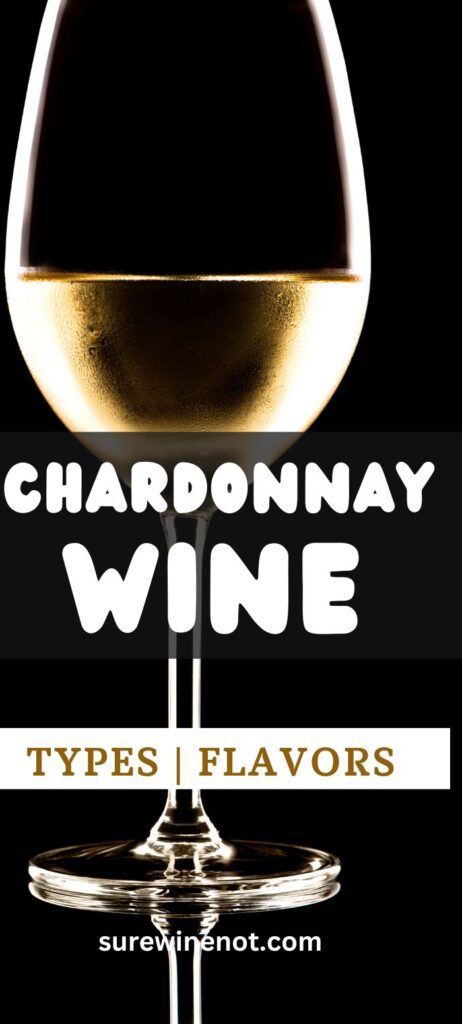
Read with confidence: I am a certified wine expert (WSET L3).



